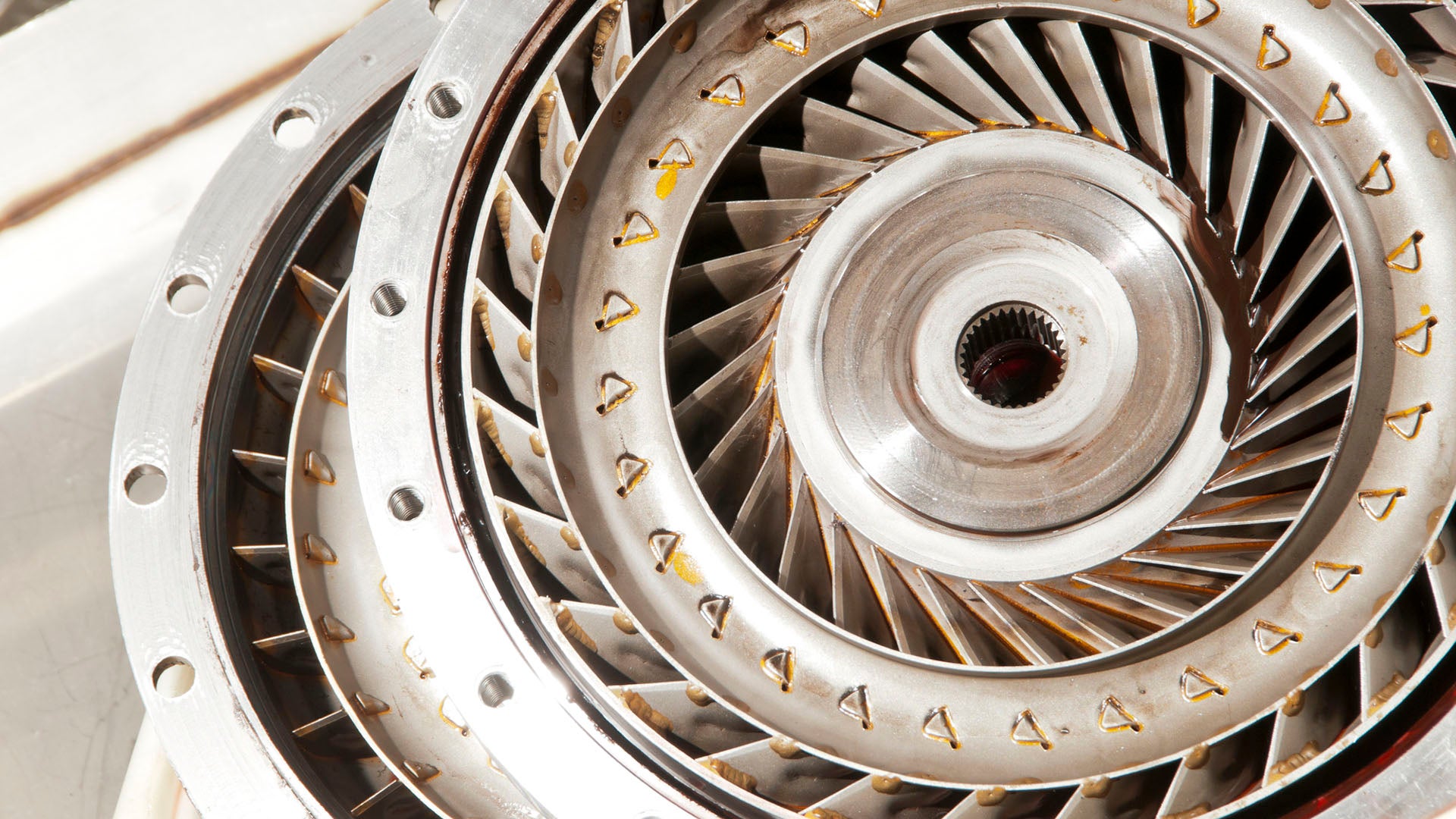The term “torque-converter” will be used by automotive enthusiasts. In the realm of automotive engineering, torque converters hold a significant role, particularly within automatic transmission systems. These mechanical marvels are responsible for ensuring smooth operation of your car, helping the transmission of power, ultimately contributing to a smooth driving experience. In this article we’ll explore the intricacy of torque converters by delving into their inner workings as well as shed an understanding of their vital contribution to the auto industry.

Understanding the Torque Converter
The Essence of Power Transmission: At its heart, an torque converter is a fluid coupling that is designed specifically to be used in automatic transmissions. Its main function is to transfer power from the engine to the transmission that then drives the wheel. This mechanism is integrated into the automatic transmission, it bridges the gap between the power of the engine and wheel’s movements.
Components in Play: The torque convertor is an assembly made up of three components comprising the impeller (or turbine), the stator, and the stator. These elements work together to enable the conversion of power and torque.
Breaking Down the Mechanism
The mechanics of a torque converter are fascinating, involving complex interactions that lead to the efficient transfer of power:
The engine begins the process by spinning the impeller. The impeller, similar to a fan circulates the transmission fluid inside the converter. The impeller produces a flow that impacts the turbine blades as it spins.
Turbine Response: A turbine that is connected to the shaft that is used for input of the transmission is activated when a fluid comes into contact with the impeller. The impeller moves the fluid, which then activates the turbine. It turns at a speed that is equal to the impeller’s speed. The turbine generates energy by making use of the energy of kinetic.
The Stator’s role in increasing efficiency
The stator is among the most crucial components of the torque converter. The stator, located between the impeller (or turbine) and the impeller, plays an important role in increasing the efficiency of the power transfer.
Fluid Redirecting Mechanism: The stator performs by redirecting the flow of fluid between the impeller as well as the turbine. This redirection is crucial in optimizing the output of torque and ensuring the smooth transfer of power. The stator controls the flow of fluid which results in a smooth and balanced operation.
The Significance of Torque Converters in driving
The operation of a torque converter has immense significance when it comes to the driving experience:
1 Smooth Transitions: The construction and the mechanics of a torque converter are responsible for the smooth transition of gears in automatic transmissions. Convertors for fluid coupling eliminate the need for manual engagement of clutches, which results in seamless gear shifts.
2. Stalling and Idling Prevention Torque Converters play an important function in preventing stalling problems and engine idling. The fluid coupling permits the engine to run even when the vehicle is stationary. This allows for a continuous idle, and eliminates the need to manually engage clutches when the vehicle is stopped.
3. Torque converters are efficient in the delivery of power since they optimize power transfer. This improves your overall experience of driving by supplying the power required when needed to accelerate or the cruising.
Conclusion As mechanical elements, form the basis of automatic transmissions. Fluid coupling, which is supported by the stator, impeller and turbine, allows seamless transfer of engine power to the transmission. This power transmission ensures smooth shifts and stops stalling, idling and other driving issues.
For engineers and car enthusiasts alike, understanding the role of torque converters is crucial. They are a perfect combination of engineering and fluid dynamics and work tirelessly to ensure that every trip is a smooth and efficient experience. The torque converter is a key component of automotive technology, and it is continuing to develop. It’s an illustration of how mechanics and functions work together.
